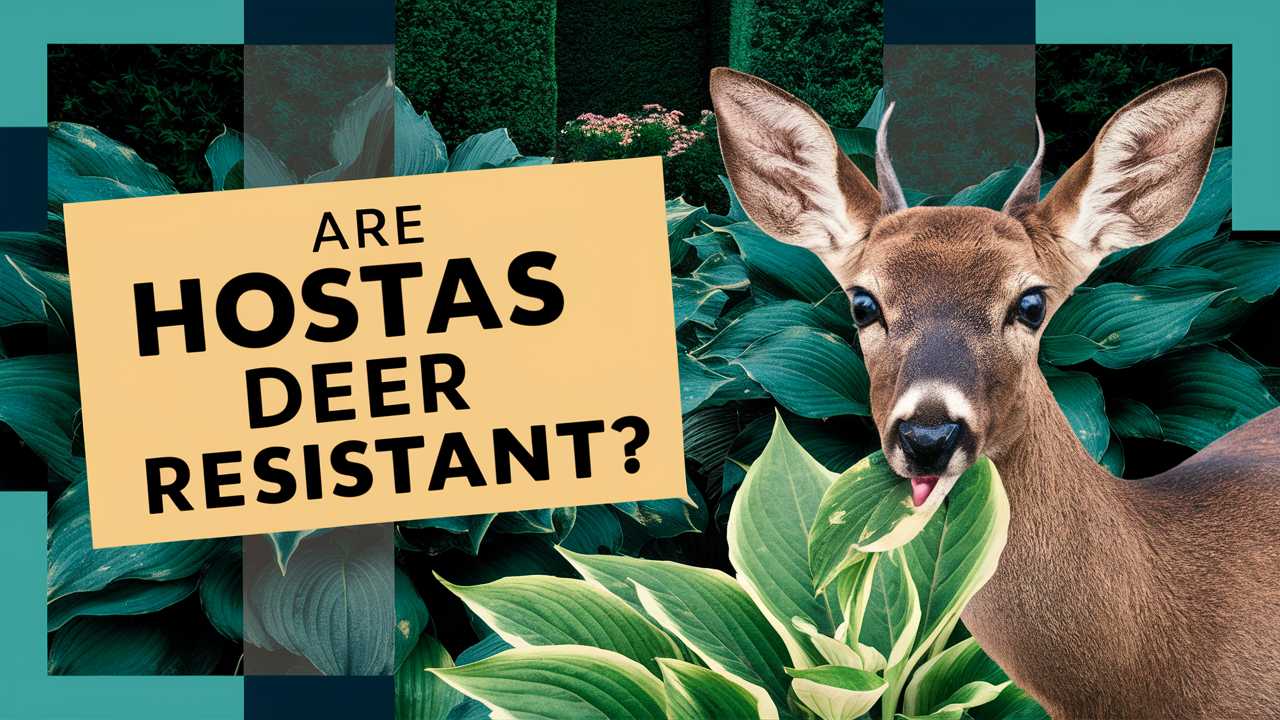Are hostas deer resistant? Let’s dig into this topic, unraveling the characteristics of hostas, exploring their association with deer, and providing insights for those looking to cultivate a beautiful and resilient garden.
The Deer Dilemma: Understanding Deer Behavior
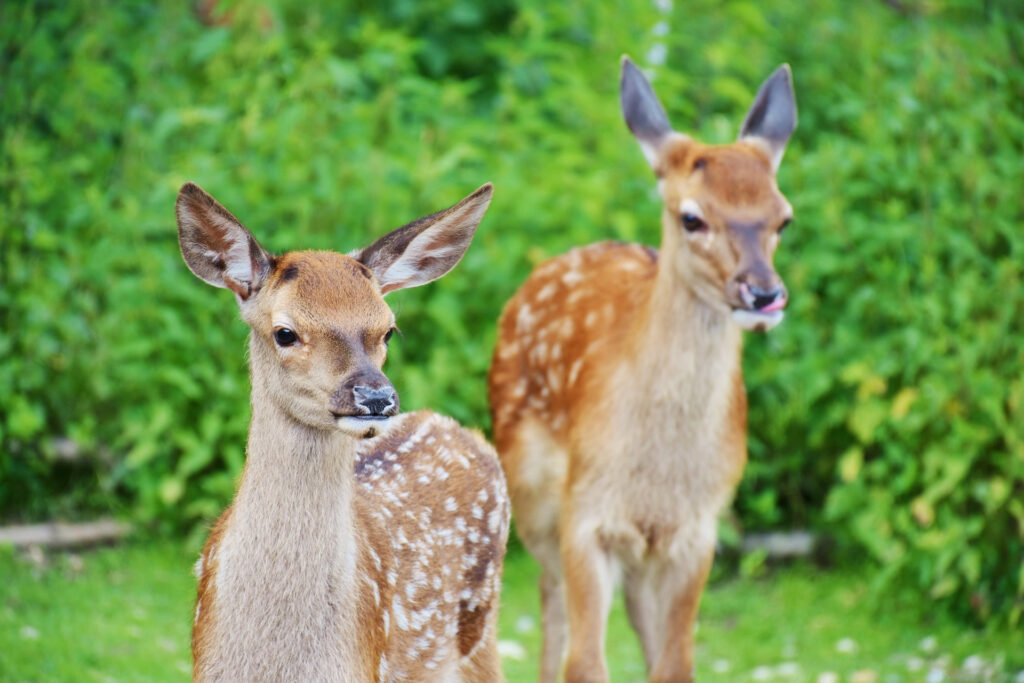
Deer are known for their selective eating habits, often choosing the most tender and succulent plants. They are particularly attracted to gardens during spring, when fresh foliage is abundant and the urge to forage is at its peak. Understanding deer behavior can provide insight into why they seem to target certain plants, and how hostas fit into that equation.
Deer generally prefer plants that provide them with high nutritional value. This means they tend to gravitate toward young, succulent plants with soft leaves. When faced with options in the garden, deer will nibble through a variety of plants; however, they usually prioritize foliage that is soft and rich in nutrients. Knowing this can help gardeners understand why certain plants, including hostas, may be more or less appealing.
Hostas and the Myth of Deer Resistance
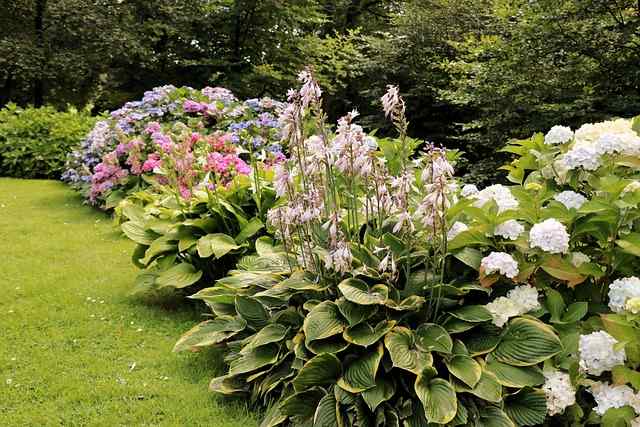
The question of whether hostas are deer resistant is somewhat layered. To answer this, we need to look at several factors, including plant characteristics, deer preferences, and ecological variables.
Are Hostas Truly Deer Resistant?
In general, most hostas are not classified as “deer-resistant.” While some claim that certain varieties are less appetizing, there is no definitive evidence proving that hostas are immune to deer predation. The truth is, deer may not always target hostas, but they will eat them if other more appealing options are scarce.
Hostas do possess some physical traits that can help deter deer. For instance, their thick leaves are often less desirable compared to softer, tender plants. Additionally, some varieties have a waxy coating which can be unappealing to deer. However, these defenses are not foolproof, and hungry deer will frequently munch on hostas if they are nearby and food is limited.
Varietal Differences in Susceptibility
Within the world of hostas, there are numerous varieties, and some may be more resilient to deer than others. Some gardeners report that varieties with thicker foliage or bold variegations are less likely to be targeted. It’s important to consider that environmental factors, such as drought conditions or absence of preferred food sources, can cause deer to be more adventurous in their foraging.
Among the numerous hosta varieties, Hosta ‘Sum and Substance’ is often noted for its robust leaves. This sturdy, large-leaved plant can be a bit off-putting to deer, though it’s still not a foolproof deterrent. Other varieties like Hosta ‘Blue Angel’ and Hosta ‘Rhythm and Blues’ are sometimes mentioned in discussions about deer resistance, but their susceptibility can vary widely based on location and deer populations.
Environmental Factors Impacting Deer Behavior
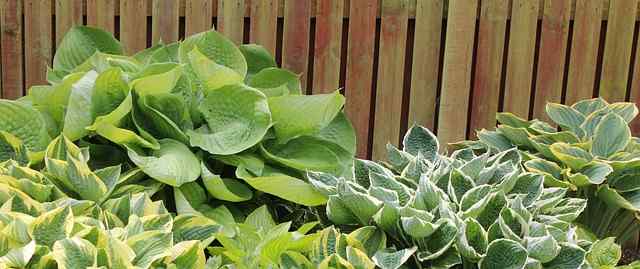
The landscape around your garden plays a significant role in whether or not deer will visit. If the surrounding area is lush with preferred plants, deer are less likely to seek out hostas. However, in suburban areas or places where their natural food supply has dwindled due to development, deer might target gardens more aggressively.
Deer Density and Habitat
The population density of deer in your area can dramatically affect your garden. In rural areas or regions with large deer populations, the likelihood of deer munching on hostas — and other non-deer-resistant plants — increases significantly. Urban and suburban gardeners may find that deer are visitors only during certain times of the year or during specific events, such as winter’s food scarcity.
Seasonal Hunger and Foraging Patterns
Understanding the seasons can also greatly assist in our efforts. Early spring and late fall are critical periods when deer are most actively foraging as their natural food sources fluctuate. During these seasons, hostas might be more at risk as deer seek nutritious greens to sustain them.
Strategies for Protecting Hostas
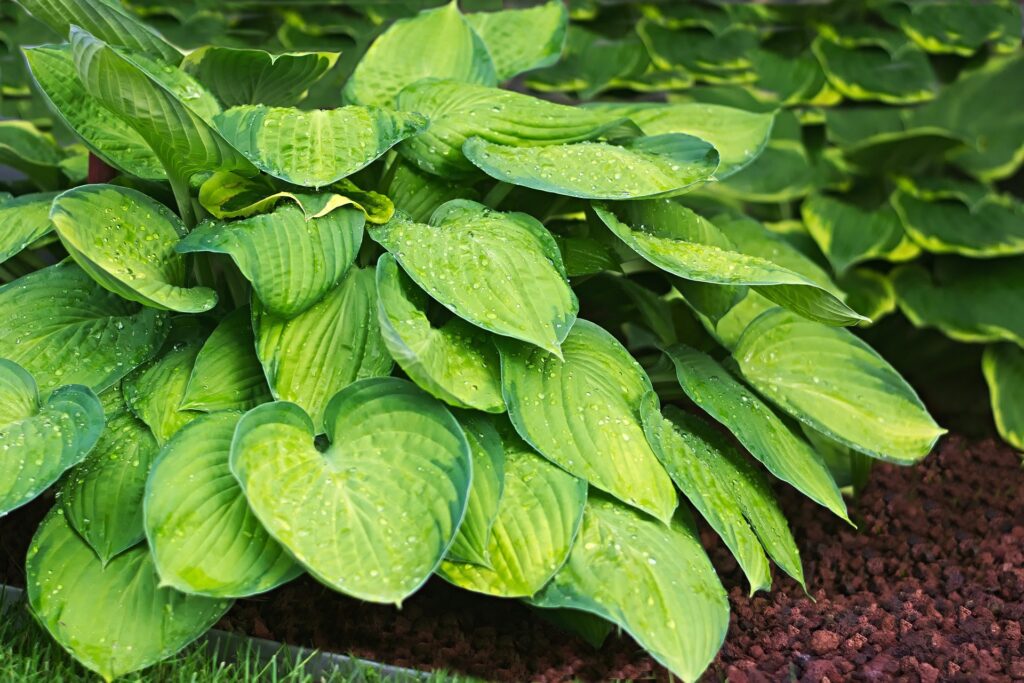
While no plant is entirely deer-proof, there are effectively diverse strategies to protect hostas against these garden nuisances. Here are several actionable approaches:
Fencing Solutions
One of the most effective solutions is to erect a physical barrier. Tall fencing (6-8 feet high) is often necessary because deer are capable jumpers. Using fencing not only protects hostas but also gives peace of mind to gardeners who are battling deer.
Deer-Repellent Plants
Planting deer-resistant companions can create strategic barriers. Consider combining hostas with plants that deer typically avoid, like lavender, rosemary, or ornamental grasses. This approach could not only deter deer but also add layers of texture and color to your garden design.
Use of Scents and Repellents
Utilizing deer repellents that are commercially available can disrupt their foraging. Many of these products contain scents that are unpleasant to deer. Spraying these formulations on hostas can offer some protection, but they usually need to be reapplied after rain or watering.
Incorporating Motion-Activated Devices
Installing motion-activated sprinklers can be an effective way to deter deer. The sudden burst of water can scare them off while keeping your hostas safe.
Companion Planting for Diversion
By planting denser and taller plants around your hostas, you can create a barrier of distraction. Deer might choose to forage on the more attractive companions instead of those hostas concealed behind taller plants.
Conclusion: Finally, It’s About Balance
The relationship between hostas and deer is complex and often varies from gardener to gardener. While hostas aren’t immune to deer, understanding their foraging behavior and characteristics can help you create a garden that both flourishes and withstands wildlife encounters.


